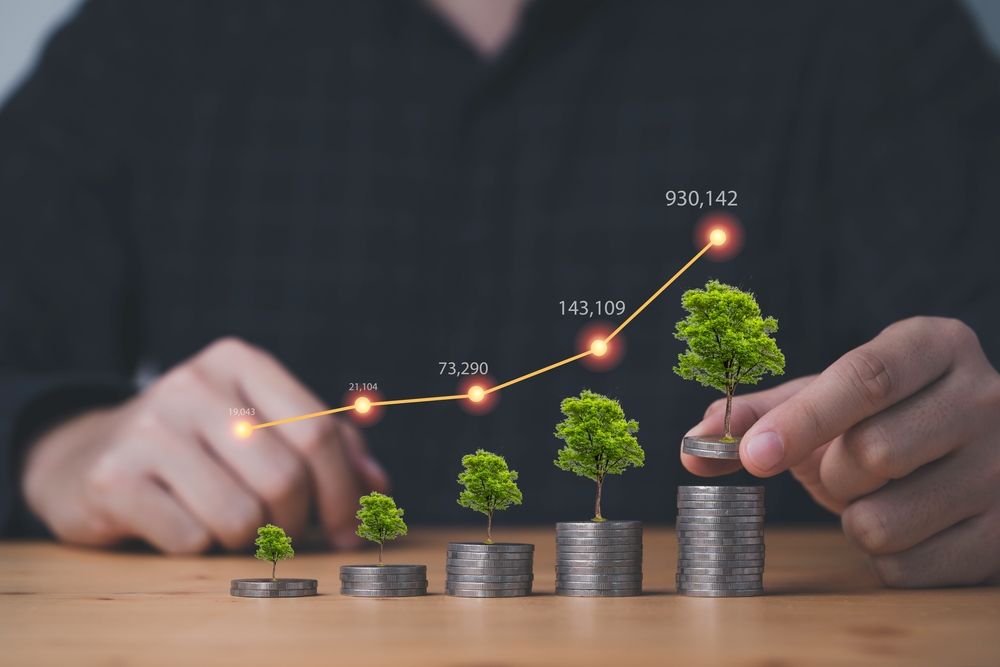
In the quest for financial security and growth, savvy savers are constantly on the lookout for the best places to park their hard-earned money. High-yield savings accounts have emerged as one of the most popular and effective tools for those seeking to maximize returns on their savings without taking on the risks associated with investments like stocks or bonds. If you’re new to the world of high-yield savings accounts or simply looking to optimize your current strategy, this guide will navigate you through the intricacies of choosing and utilizing these accounts for maximum financial benefit.
Understanding High-Yield Savings Accounts
Before diving into the strategies for maximizing returns, it’s crucial to understand what high-yield savings accounts are and how they differ from traditional savings accounts. High-yield savings accounts are a type of savings account that offer significantly higher interest rates compared to their traditional counterparts. These rates are often many times the national average, which can lead to much greater accumulation of interest over time.
These accounts are typically offered by online banks, credit unions, and financial institutions that operate with lower overhead costs than traditional brick-and-mortar banks. The savings from reduced operational costs are often passed on to consumers in the form of higher interest rates. Moreover, high-yield savings accounts are usually FDIC-insured or NCUA-insured, providing peace of mind up to $250,000.
Shopping for the Best Rates
The interest rate is the most critical factor when selecting a high-yield savings account. Rates can vary widely between institutions, and they can fluctuate depending on macroeconomic conditions, such as changes in the federal funds rate. To ensure you’re getting the best possible return, it’s essential to compare rates from multiple sources regularly.
Online aggregators and financial websites provide up-to-date comparisons of high-yield savings account rates, making it easier to see which banks are offering the most competitive returns. It’s also important to consider the stability of the rates offered; some institutions may offer a high introductory rate that drops significantly after a set period. Look for banks that have a history of consistent rates to avoid unexpected reductions in your returns.
Analyzing Fees and Requirements
While the interest rate is a prime consideration, it’s not the only factor to weigh when choosing a high-yield savings account. Fees can quickly erode the benefits of a higher interest rate. Some accounts may charge monthly maintenance fees, transaction fees, or require a minimum balance to avoid fees. It’s important to read the fine print and understand the fee structure of any account you’re considering.
Additionally, some high-yield savings accounts come with requirements such as a minimum deposit to open the account or to earn the advertised interest rate. Make sure the account’s requirements align with your financial situation and that you can meet them without stretching your budget too thin.
Maximizing Returns with Automated Savings Strategies
To truly benefit from a high-yield savings account, consistency is key. One of the best ways to ensure you’re continuously growing your savings is by setting up automated savings strategies. Many financial institutions allow you to set up automatic transfers from your checking account to your savings account, which can occur on a schedule that works for you—be it weekly, bi-weekly, or monthly.
This “set it and forget it” approach not only simplifies the saving process but also helps you avoid the temptation to spend what you could be saving. Moreover, by automating your savings, you’re employing a strategy known as dollar-cost averaging, which can help smooth out the effects of rate changes over time.
Staying Flexible and Adaptable
The financial landscape is ever-changing, and adaptability is crucial for maintaining maximum returns on your high-yield savings account. Be prepared to adjust your strategy as new opportunities arise or as your personal financial goals evolve. This could mean switching to an account with a better rate or different features that better match your current needs.
For instance, if you initially chose an account for its high introductory rate but the standard rate is less competitive, it might be time to transfer your savings to an account with a more attractive ongoing rate. Similarly, if your financial situation changes and you can increase your savings rate, look for accounts that may offer tiered interest rates for higher balances.
In today’s financial environment, high-yield savings accounts are indispensable tools for those looking to grow their savings with minimal risk. By understanding how these accounts work, shopping for the best rates, analyzing fees and requirements, employing automated savings strategies, and staying flexible, you can navigate the world of high-yield savings accounts with confidence. Remember, the most successful savers are informed, proactive, and ready to adapt to new information and opportunities. With these strategies in hand, you’re well on your way to maximizing your returns and securing your financial future.
